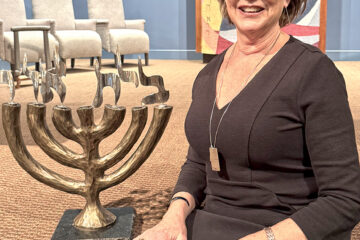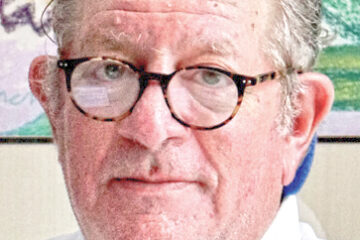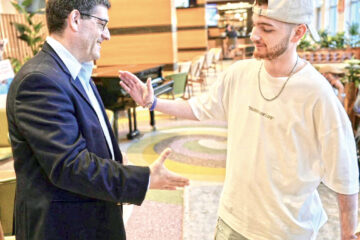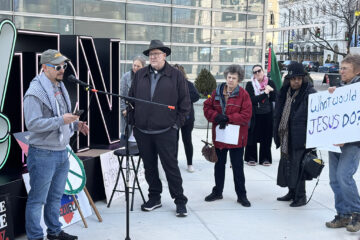Air Force Jr. ROTC cadets help clean headstones at Beth Jacob Cemetery
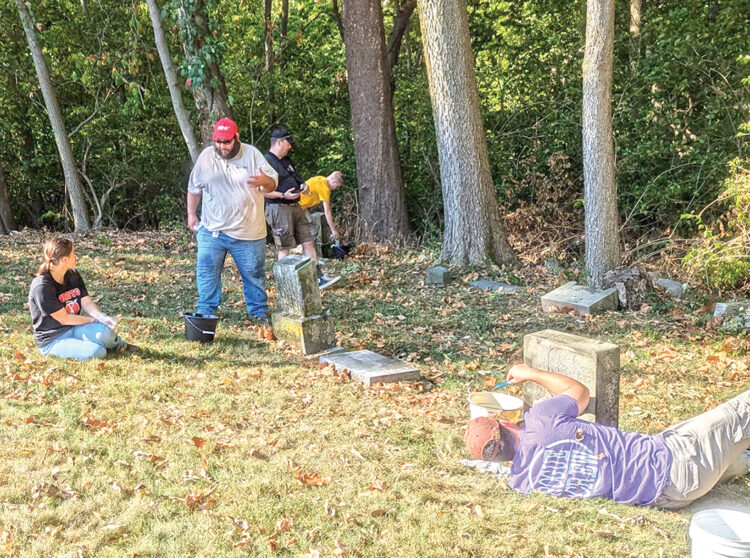
By Marshall Weiss, The Dayton Jewish Observer
Who do you call when you need volunteers to help clean headstones at a cemetery that dates to 1875? In Beth Jacob Congregation’s case, they called on the Air Force Junior ROTC at Tecumseh High School in New Carlisle.
Nine cadets teamed up with seven members of the synagogue on Sept. 15 to carefully clean more than 100 stones in the cemetery’s oldest section.
“It’s buckets and toothbrushes and regular scrub brushes and water,” said Air Force Chief Master Sgt. Dennis Orcutt, Tecumseh High School’s AFJROTC instructor. Orcutt is also a Beth Jacob member.
Tecumseh ROTC’s Kitty Hawk Air Society, the honor society for cadets, already volunteers each year to clean veterans’ headstones and markers at Medway Cemetery.
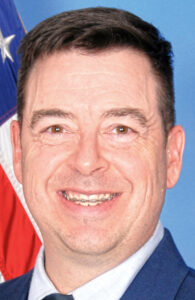
For the Beth Jacob Cemetery project, Orcutt recruited volunteers from among all his cadets.
Synagogue board secretary Helen Halcomb said the headstone project came about when members first went out to clean the cemetery grounds.
“We got all the limbs off the tombstones, and then you could really see how bad it was,” she said. “People who have family here, most of them take care of their families’ gravestones. It was for the people who don’t have family, the older section, the baby section.”
Before a Shabbat service, Orcutt heard Rabbi Leibel Agar talk about the need for volunteers to clean the headstones. That’s when he suggested his cadets help with the job.
Cadet Dylan Williams, a senior, said the rabbi explained the meaning of the Jewish symbols on the headstones as they cleaned. He also translated the Hebrew for the cadets.
“It was kind of neat,” Orcutt said, “when the rabbi explained the mitzvah (commandment) of doing this.”
In Judaism, kavod hamet, honoring the dead, is considered one of the highest mitzvot (commandments), a selfless act of chesed (lovingkindness) with no possibility of reciprocity.

According to the synagogue, there are 1,307 confirmed burials at its cemetery. The earliest documented burial was a 9-year-old boy, C. Frank, in 1880.
“Another thing we learned was there are a lot of rocks on top of the gravestones, symbolizing that people came over and visited,” Williams said.
“It was mind-blowing when we saw all those rocks on old gravestones, just to realize that some people actually do care. Even if they’ve never met the person — their great-grandfather — they still wanted to come over and show their respect. That made me more motivated to clean that gravestone.”
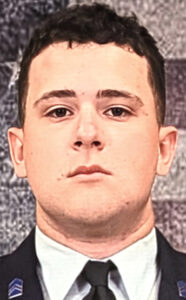
Though the volunteers didn’t repair any broken headstones, Orcutt said they put some back that were off their bases.
“And there was at least one that was broken, and it was off to the side. We picked it up and put it all right there where it was together, at least.”
Halcomb said the volunteers who went out there got out of it more than they gave. “The difference of before and after is impressive. It’s a great mitzvah.”
Orcutt said he’ll offer the project up to his cadets again in the spring.
To read the complete November 2024 Dayton Jewish Observer, click here.


